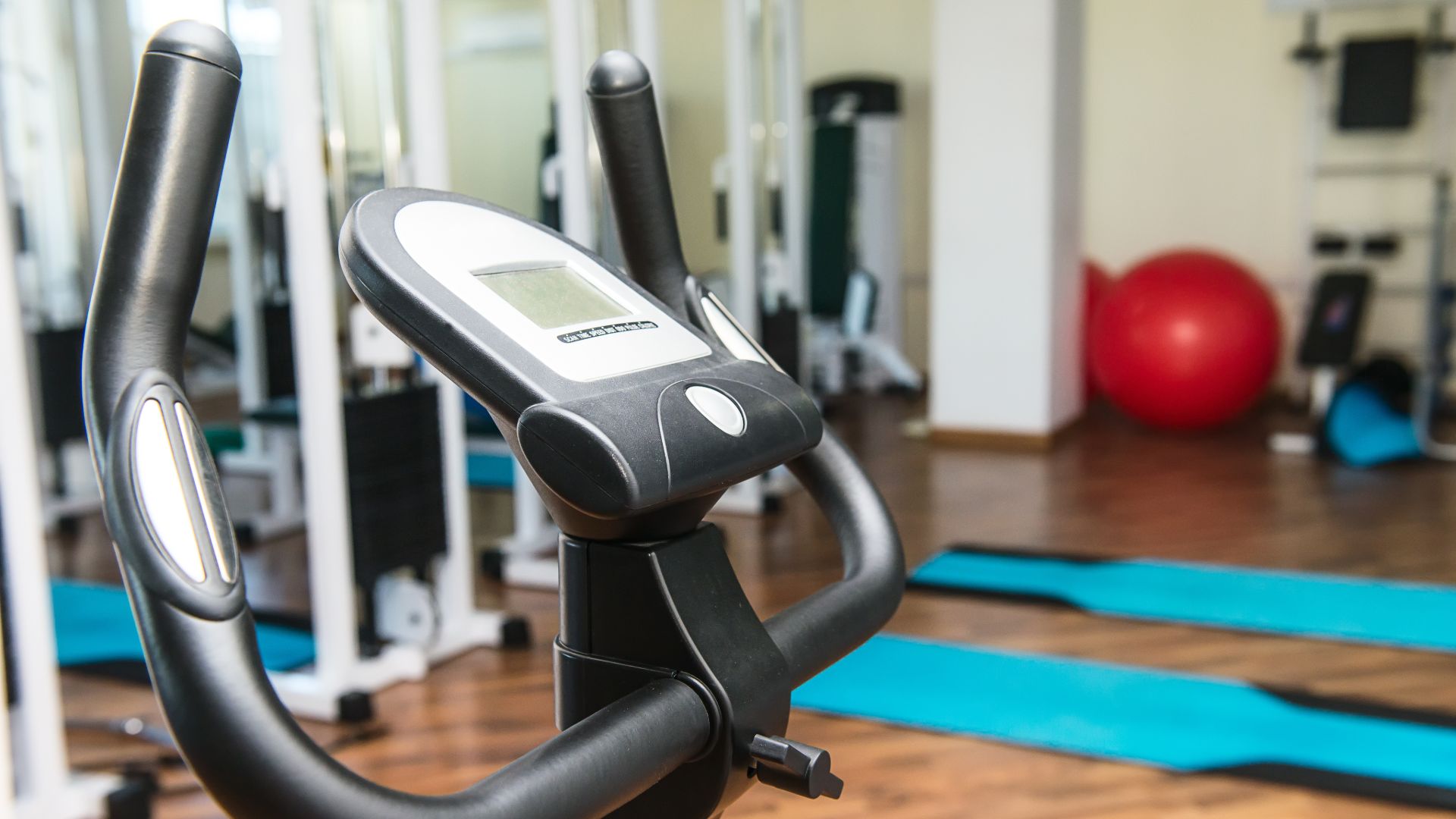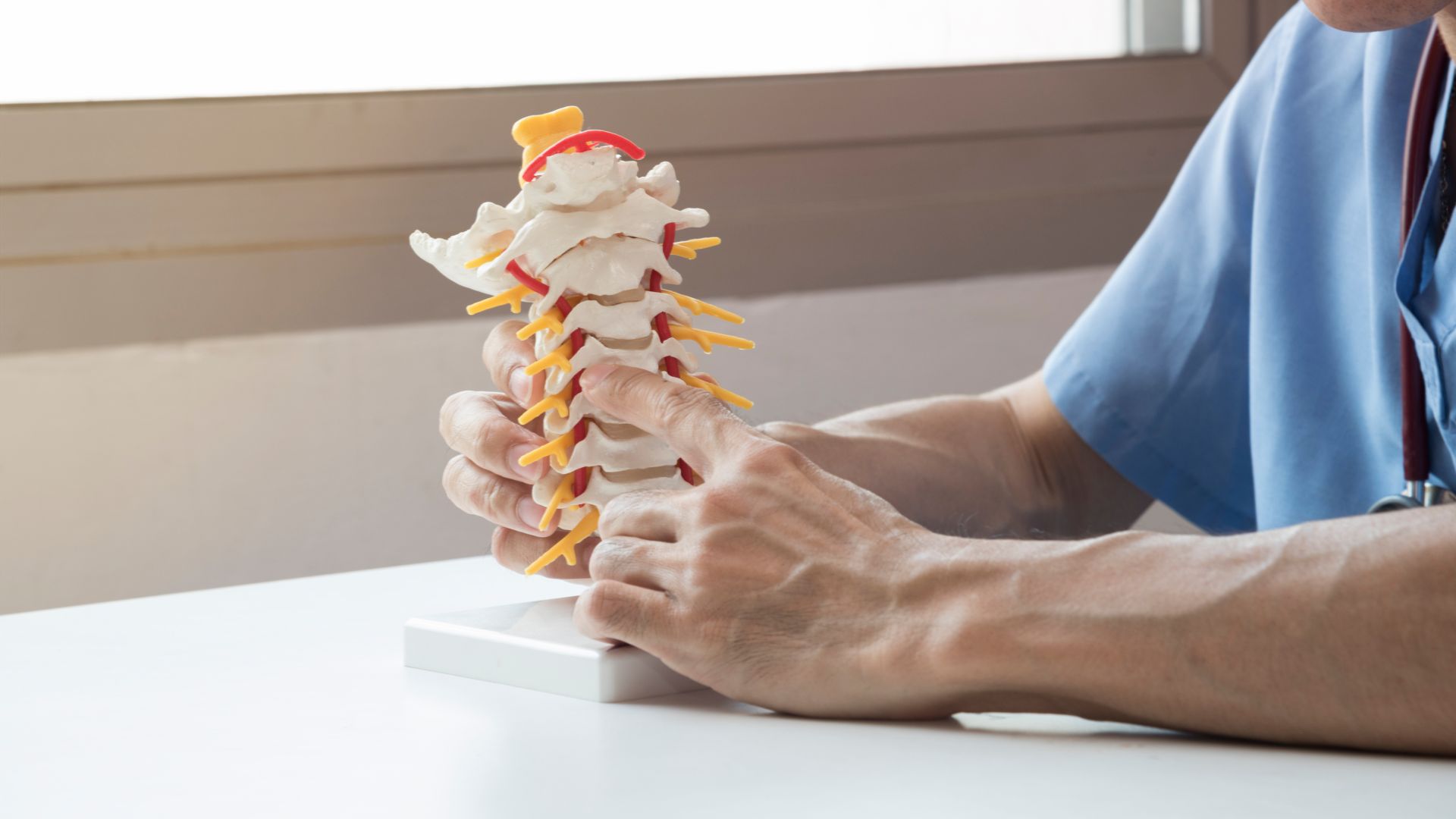Running, jumping, hopping, and landing are all frequent sports that cause calf strain or pain. Two muscles (gastrocnemius and soleus) are linked to your Achilles tendon and make up your calf muscle group. Achilles tendinopathy, or torn Achilles tendons, is a frequent ailment that can be treated successfully.
Both muscle and tendon structures can be injured in the calf. Excessive forces typically cause harm to your calf muscles during explosive contractions, eccentric control loading, or when they become fatigued. There are a lot of calf muscle tears.
From the back and both sides, your calf muscles protect your shin bone. Excessive load through your shin bone (tibia), on the other hand, can cause shin pain and injury. In loading bearing sports, shin pain and injury are common. Please seek the advice of your physiotherapist if you have particular questions about your calf pain.
What Can Cause Pain In Your Calf Muscle?
Calf pain can be caused by a variety of factors, including overuse of the muscle, cramping, and foot problems. While the majority of calf discomfort may be addressed at home, some causes may necessitate medical attention immediately.
- Muscle cramp
Muscle cramps are painful muscle impulses that occur suddenly. They can last a few seconds or several minutes at a time. Cramps are common, and they’re usually triggered by doing more or different exercises than usual.
- Muscle strain
Muscle strains are most commonly caused by exhaustion, overuse, or incorrect muscle use. Starting a new exercise routine or increasing leg-heavy exercises like running, swimming, biking, and weightlifting, for example, might put a pressure on your calf muscle.
- Achilles tendonitis
Overuse, strain, or stress on the Achilles tendon causes Achilles tendonitis. Inflammation of the tendon, soreness in the back of the leg, swelling, and a limited range of motion when flexing your foot are all common symptoms. R.I.C.E. (rest, ice, compress, elevate) is a simple home remedy that can help.
- Sciatica
Sciatica occurs when the sciatic nerve, which controls muscles in the lower leg and back of the knee, becomes inflamed. It can produce discomfort, numbness, and tingling in the lower back, which can spread to the calf and other muscles down the leg.
- Contusion
A contusion, often known as a bruise, is caused by trauma such as a fall, a cut, or a hit. Capillaries beneath the skin burst as a result of the trauma, causing discolouration. Bruises usually heal by themselves.
- Diabetic peripheral neuropathy
Diabetic peripheral neuropathy (DPN) is a type of nerve injury that affects the feet, legs, arms, and hands in people who have diabetes. This is a typical diabetic consequence that occurs as a result of excessive blood sugar levels, hereditary factors, or nerve inflammation.
- Deep vein thrombosis
A blood clot forms in a deep vein in the arm or leg, especially the calf, causing deep vein thrombosis (DVT). DVT can be caused by a variety of events and circumstances. Long durations of sitting, medication difficulties, and smoking are just a few examples.
- Compartment syndrome
A dangerous illness known as compartment syndrome occurs when a huge amount of pressure builds up inside a muscle compartment. This usually happens after a serious injury to the area, such as a fracture or a damaged bone.

Symptoms and signs of Calf DVT include:
- Redness & Warmth to the touch
- Leg pain gets worse when you flex your foot and toes backwards
- Swelling and discomfort in the calf
- Leg aches and pains (especially at night or in the calf)
- Discoloration of the skin
Risk factors for DVT/PE include:
- Sitting for long periods of time or being immobile
- A recent surgical procedure
- An injury to the lower body has recently occurred
- Obesity
- Heart failure or a heart attack
- Pregnancy or the recent birth of a child
- High Altitudes
- Birth control pills or oestrogen treatment
- Cancer
- Advanced age
- Medical conditions that affect the veins
If you suspect a DVT or PE, see your doctor or physiotherapist right away to assess and rule out a DVT or PE.
Calf Pain Treatment
Most calf discomfort responds fast to physiotherapy treatment with correct assessment and early therapy, allowing you to resume pain-free and healthy everyday activities soon. At our clinic we use a unique technique trade marked Simply Align Technique. This strategy uses advance pain relief and healing technology with great results. Watch the following videos in treatment of calf strain.
Are you looking for physiotherapy or a Chiropractor? If Yes, then visit Simply Align Rehab Physio in Scarborough/Toronto or Woodbridge/Vaughan or you can always call or text us for your Physiotherapy or Chiropractor needs in Toronto at (416) 438-3230 or For Physiotherapy or Chiropractor need in Vaughan (Woodbridge) at (905) 638-9840.




